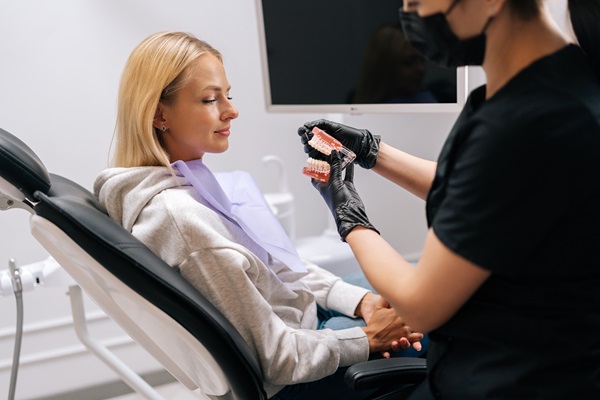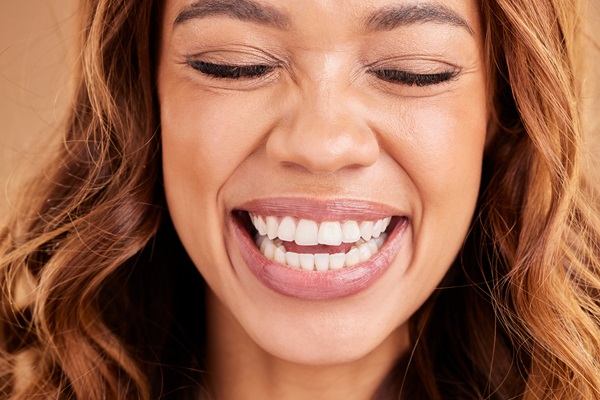 The journey toward a straighter smile is exciting but comes with a crucial decision: Invisalign® or traditional braces? Both options have advantages, and understanding their differences can help you make an informed decision about your teeth-straightening treatment goals. It is not only about achieving a straighter smile but also about finding the path that best aligns with your lifestyle and preferences.
The journey toward a straighter smile is exciting but comes with a crucial decision: Invisalign® or traditional braces? Both options have advantages, and understanding their differences can help you make an informed decision about your teeth-straightening treatment goals. It is not only about achieving a straighter smile but also about finding the path that best aligns with your lifestyle and preferences.
Visibility and appearance
One of the most cited benefits of Invisalign is that it is virtually invisible. These clear and removable aligners are custom-made to fit snugly over a patient's teeth. This discreet nature makes them a popular choice, especially for adults and teens who prefer a more inconspicuous treatment method.
While they are effective, traditional braces are highly visible. They consist of metal brackets attached to each tooth, connected by wires, and secured with rubber bands. However, advancements in teeth-straightening treatment have introduced tooth-colored or clear brackets, reducing their visibility.
Comfort and convenience
Invisalign aligners are comfortable and convenient. They are made from plastic and eliminate the discomfort of metal wires and brackets. Additionally, Invisalign aligners are removable. This convenience allows patients to eat, brush, and floss without restrictions. Invisalign promotes better oral hygiene and provides a more flexible and comfortable experience.
Traditional braces often cause some discomfort, particularly during the initial adjustment period. The brackets and wires can occasionally irritate the cheeks and lips. In addition, patients need to avoid certain foods and use special techniques for brushing and flossing. However, more modern designs of braces are generally more comfortable and reduce the risk of potential irritation and discomfort.
Duration of treatment
Many people consider the duration of treatment while seeking dental care. Invisalign treatment typically lasts between 12 to 18 months, depending on the complexity of the case and the consistency of wearing the aligners. In contrast, traditional braces often require a more extended treatment period, averaging between 18 to 24 months. For some people, Invisalign's shorter treatment may make all the difference in their decision. It is important to note that the duration of treatment can vary based on each patient's specific needs.
Efficacy and complexity of cases
Both Invisalign and traditional braces are effective in treating a wide range of misalignment issues. These issues include:
- Crooked teeth
- Overcrowding
- Overbites
- Underbites
- Crossbites
In complex cases, traditional braces may be the more effective option. The fixed nature of braces allows for more precise control over certain movements, making them ideal for intricate corrections.
Even so, Invisalign has made significant advancements in recent years, allowing patients to use clear aligners in more severe cases. Nonetheless, the ultimate choice between Invisalign and traditional braces depends on the patient's needs and preferences.
Need help making a decision?
Invisalign and traditional braces each offer unique advantages, catering to different preferences and teeth-straightening needs. If you have questions about your options, call our office to schedule a consultation to discuss your treatment goals. Regardless of your ultimate decision, the end goal remains the same: achieving a beautifully aligned smile that improves your oral health and boosts your confidence. Make an appointment today.
Request an appointment or call Aesthetic Dentistry of Noe Valley at 415-493-9143 for an appointment in our San Francisco office.
Related Posts
Invisalign® aligners offer a discreet and convenient alternative to traditional braces. These aligners allow individuals to straighten their teeth without the hassle of wires and brackets. However, as with traditional braces, it is important to properly care for them to ensure their effectiveness and longevity throughout your treatment. Here are some essential tips to help…
Invisalign® has become revolutionary in orthodontics, proving an effective way to straighten teeth discreetly. The system uses smart technology and aligners to shift the teeth in as little as six to 18 months. While many are aware of this fact, there are specific dental conditions known as malocclusions that this revolutionary system is known to…
Invisalign® has emerged as one of the most popular alternatives to traditional metal braces. These teeth-straightening devices are virtually invisible when worn, as their name suggests, yet they can fix many of the teeth alignment issues braces have historically been used for.Examples of orthodontic issues Invisalign can be used to fix include crooked, crowded, poorly…


